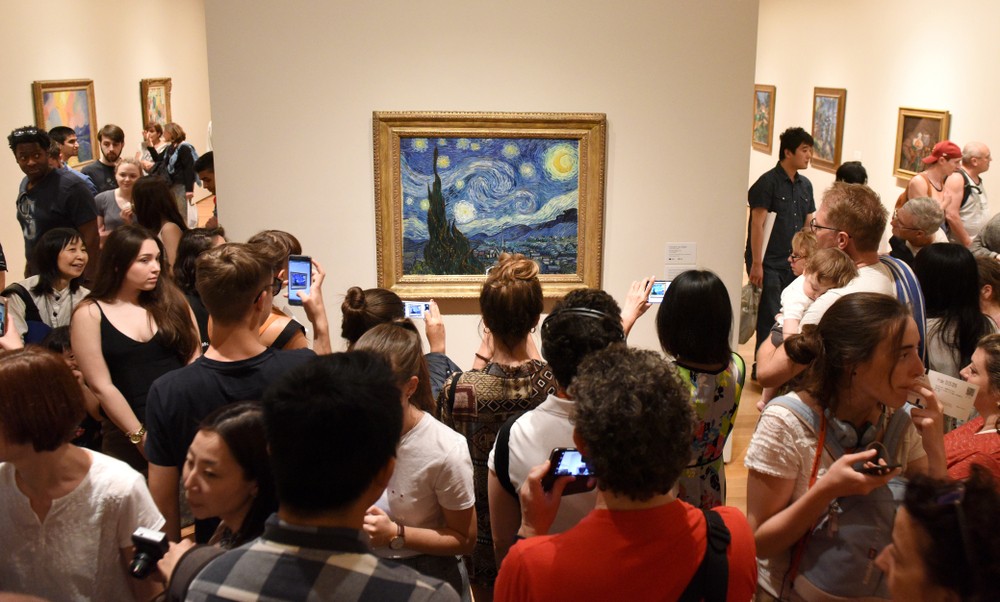Key takeaways
- Montana now officially honors Indigenous Peoples Day
- This change follows a ten-year advocacy campaign
- The state is home to 12 federally recognized tribes
- Communities across Montana joined in events and education
- The first celebration highlights culture and history
Montana Marks First Indigenous Peoples Day
Montana has begun a new chapter by officially recognizing Indigenous Peoples Day. This milestone follows years of work by tribal leaders and community advocates. It replaces Columbus Day across the state. Now, every October, Montanans pause to honor the cultures of the people who lived here first. Furthermore, this day brings people together to learn and celebrate.
A Decade of Advocacy
For more than ten years, tribal and community groups in Montana pushed for change. They held meetings, wrote letters, and spoke at public hearings. Gradually, support grew at local and state levels. Finally, the governor signed the measure to replace Columbus Day. It has been a long journey, but people say it was worth every step.
Why Indigenous Peoples Day Matters in Montana
Recognizing Indigenous Peoples Day sends a clear message of respect. It corrects a holiday that once honored an explorer tied to violence. Today, the focus shifts to honoring resilience and culture. Students will learn tribal histories in school. As a result, more Montanans will understand local tribes and their contributions.
How Recognition Happened
Lawmakers introduced a bill to establish Indigenous Peoples Day three years ago. Community advocates testified at hearings. They shared stories of hardship and resilience. Tribal elders described lost children taken by boarding schools. Youth speakers talked about healing and hope. These personal stories moved lawmakers to act. In April, the governor signed the bill into law. Thus, Indigenous Peoples Day officially joined Montana’s calendar.
Celebrations Across the State
People marked the day with gatherings in towns both large and small. In Helena, a pow wow featured traditional dance, drums, and food. Schools held lessons on tribal languages and treaties. Museums opened special exhibits about local tribes. In Billings, artists displayed paintings and sculptures. Meanwhile, small towns hosted cultural fairs with crafts and music. Through these events, Indigenous Peoples Day brought diverse communities together.
Voices from the Tribes
Leaders from Montana’s 12 tribes welcomed the new holiday. They include the Blackfeet, Crow, and Salish tribes, among others. One tribal elder explained that this day heals old wounds. Another youth leader said it inspires pride in younger generations. In fact, many families hosted home feasts to share traditional dishes. These stories show that recognition goes beyond a date on the calendar.
What This Means for Schools
Educators say the new holiday will change lessons for many students. Teachers plan to include tribal histories in social studies. Classrooms will feature tribal crafts, songs, and languages. Students will research local treaty history and tribal governments. As a result, young people will gain a deeper sense of Montana’s roots. Moreover, they will learn to respect cultural diversity from an early age.
Looking Ahead
Montana’s official observance of Indigenous Peoples Day marks only the beginning. Tribal leaders aim to expand cultural programs in parks and museums. They hope for new art installations and language classes statewide. Community groups plan annual festivals to honor tribal heritage. In addition, they want to partner with businesses to support tribal artisans. Ultimately, this recognition offers a path toward healing and unity.
Celebrating Culture and Community
This first Indigenous Peoples Day shows how change can happen through persistence. It highlights the power of education, respect, and storytelling. More importantly, it honors the people who shaped Montana long before it became a state. By celebrating together, Montanans learn from the past and build a more inclusive future.
FAQs
What is Indigenous Peoples Day in Montana?
Indigenous Peoples Day is a state holiday that honors the cultures and histories of Montana’s original inhabitants. It replaces Columbus Day and focuses on respect, education, and community celebration.
Why did Montana replace Columbus Day?
Montana replaced Columbus Day to acknowledge the harm caused by colonialism. The change aims to honor tribal resilience and promote accurate history in schools and communities.
How do communities celebrate this day?
Communities hold pow wows, art shows, cultural fairs, and educational events. Schools teach tribal history, and families share traditional foods and stories. Public ceremonies often feature tribal leaders.
What impact will this recognition have on education?
Schools will integrate tribal languages, cultures, and histories into lesson plans. Students will learn about treaties, tribal governance, and local heritage. This change fosters respect and understanding among young people.

